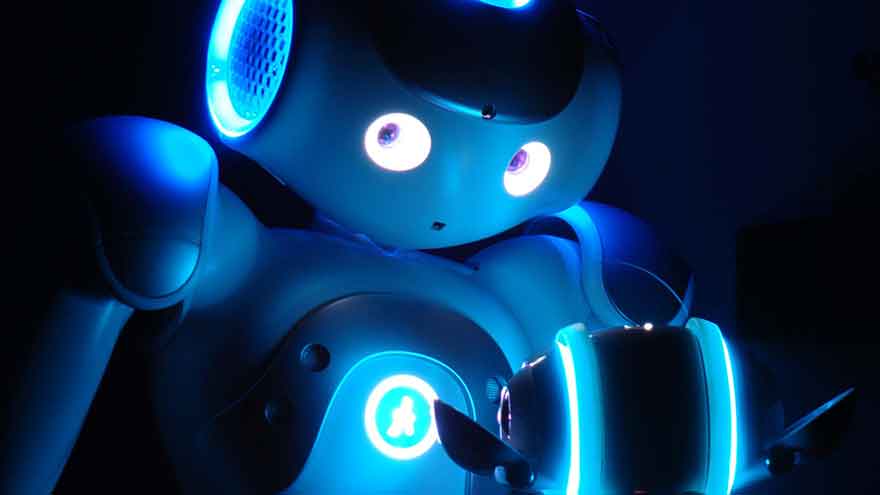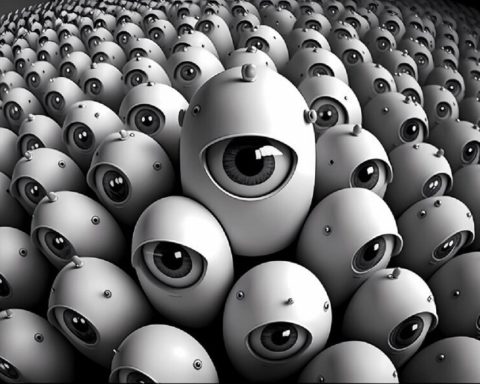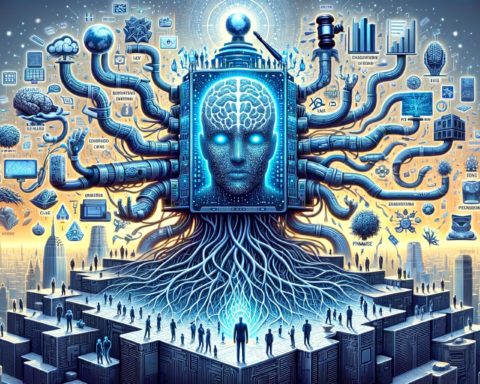According to its etymology, the word "robot" refers to an anthropomorphic entity, as the word was first used to refer to a humanoid automaton in a Czech play. Karel Čapek, RUR, Rossum's Universal Robots...founded in 1921. But in recent years, the term has been used in a much broader sense.
The expression "artificial intelligence" is, for the moment, misleading; the robot is not intelligent in the human sense. And it is this fundamental psychological difference that the lawyer should incorporate into his or her reasoning when seeking to apply fundamental legal principles or draft conventions.
OToday, robots are used to refer to machine tools, automatic vehicles, decision support software, computer programs, and other devices. traders (All these robots pose many problems, if only because of the external memory that they can gradually become for individuals).
The "real" robots
Nevertheless, we think it would be preferable to keep the term "robot" closer to its origins, namely "the one that imitates the living", the one that designates a humanoid (android) or, at a pinch, an animaloid, or even a vegetaloid.
It is, in fact, the one that finds an echo in the collective unconscious since the GolemHe was the one who justified all the fantasies, all the terrors, but also many artistic creations.
Some of these robots come as close as possible of human or animal appearance, others depart from it, but relate to the human aspect, as do fictional characters in comic books or cartoons. The confusion is not perfect, but the unconscious assimilation remains.
Some of them have no other vocation than play; but many of them are expected to carry out one or more social actions (physical, intellectual or psychological assistance) alongside the human (assistance to vulnerable people, especially the elderly, help with the education of the youngest). We then speak of "social robots", a sub-category of service robots.
Fear maintained
There is a growing fear that, little by little, robots will become humanized by acquiring an artificial, interactive and learning intelligence, learning from their experience, individualizing themselves over time, or even beginning to contain living elements (computer or lighting of biological origin).
Conversely, there is concern about the progressive robotisation of humans (various prostheses, implants, including in the brain). But the idea, both frightening and seductive, that one day the two movements could come together, remains, as it stands, a fiction. And the jurist has much more to worry about with regard to a third movement, that of the manipulation of the living through genetics.
The law, always
The lawyer Alain Bensoussan has long advocated that humanoid robots be given a legal personality, somewhere between the status of protected furniture (animals), that of legal entities and that of natural persons.
The state of science leads us to believe that, for the time being, this approach premature residence.
Who's seen a football game "disputed" between robots humanoids understand that we are not only far from the monstrous creature that risks destroying its creator, but also far from a truly humane entity. "thinking".
We'll only believe it when a robot footballer is charged in a rigged match. We are, for the moment, in evolved and digitized "puppetry", not in divine creation.
In our opinion, attributing a responsibility to the robot (even if it is interactive and learning), granting it a patrimony, may seem, in the state of science, infinitely more abnormal than granting such titles to animals that we know are considered sensitive goods, or even to plants that we know can adopt a form of "reasoning" (opportunism, common defence against a predator, etc.).
The question of liability
L’current legal approachIn reality, the problem is probably simpler than it seems, given the human-like robots living next to them. Essentially two questions arise: that of responsibility and that of privacy.
As for the contractual responsibility (for the benefit of the buyers or tenants of the robots) the difficulty lies "only" in the determination of the person responsible: manufacturer or programmer.
For tort liability (for the benefit of third parties, victims of a prejudice resulting from a malfunction of the robot), that of the end user may, in addition, possibly be sought.
As for the respect of privacy, it is a question of knowing what will become of the multiple pieces of information that the robot will collect about the human person it encounters. The question becomes even more acute if the robot is connected.
Legally, we should know how to solve these problems, thanks to the stipulations of contracts (in which we can insert moral rules, such as the famous "rules of morality"). three Asimov laws) or by existing texts as interpreted by the judges. Making new laws is not always essential. The specificity of the matter seems to us to lie elsewhere.
Imitation and emotion
Humans, who sometimes fall in love with simple objects, are a fortiori susceptible to strap on a robot humanoid or animaloid. It will consequently lend him reciprocal feelings, whereas the robot only acts as a singer, or imitates the human, by sounds, gestures, or movements of the "face", programmed attitudes in front of such and such a word or such and such a sign, which it is called upon to recognize thanks to its sound or visual sensors.
The expression "artificial intelligence" is, for the moment, misleading; the robot is not intelligent in the human sense, especially if one accepts the idea that intelligence is the order of genetics if it is indeed a question of reasoning, even more and more sophisticated (one thinks of the AlphaGo victory to the game of go), if the robot has successive layers of silicon more and more numerous, an autobiographical memory, he does not understand for all that, he is not aware of what he is doing.
Moreover, it will always lack the sentimental element, suffering, pleasure and imperfections, which are both a disadvantage (humans can make more mistakes than robots and they may have less sensory capacities), but also a tremendous difference in terms of empathy, solidarity of the living and adaptability to the unforeseen of the environment and evolution.
And it is this fundamental psychological difference that the lawyer should incorporate into his or her reasoning when seeking to apply fundamental legal principles or draft conventions.
Didier GuévelProfessor of private law and criminal science, University of Paris 13 - USPC
The original text of this article was published on The Conversation.












